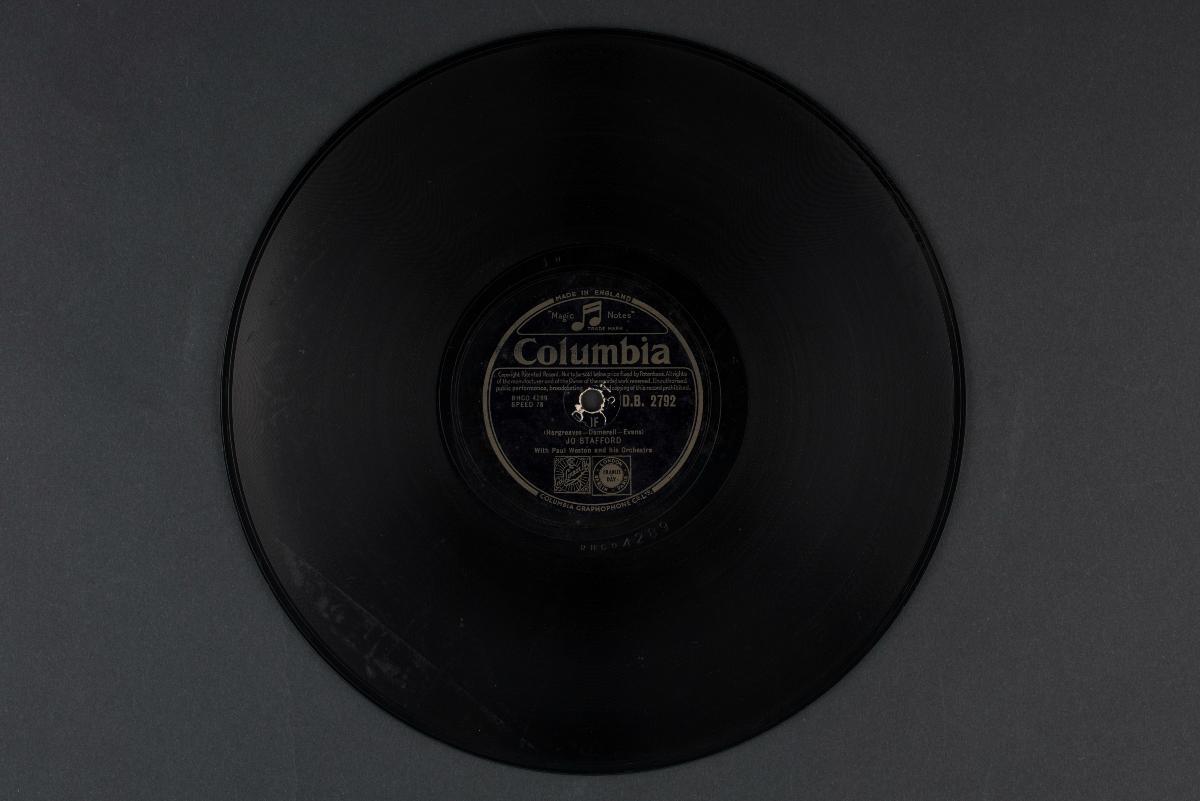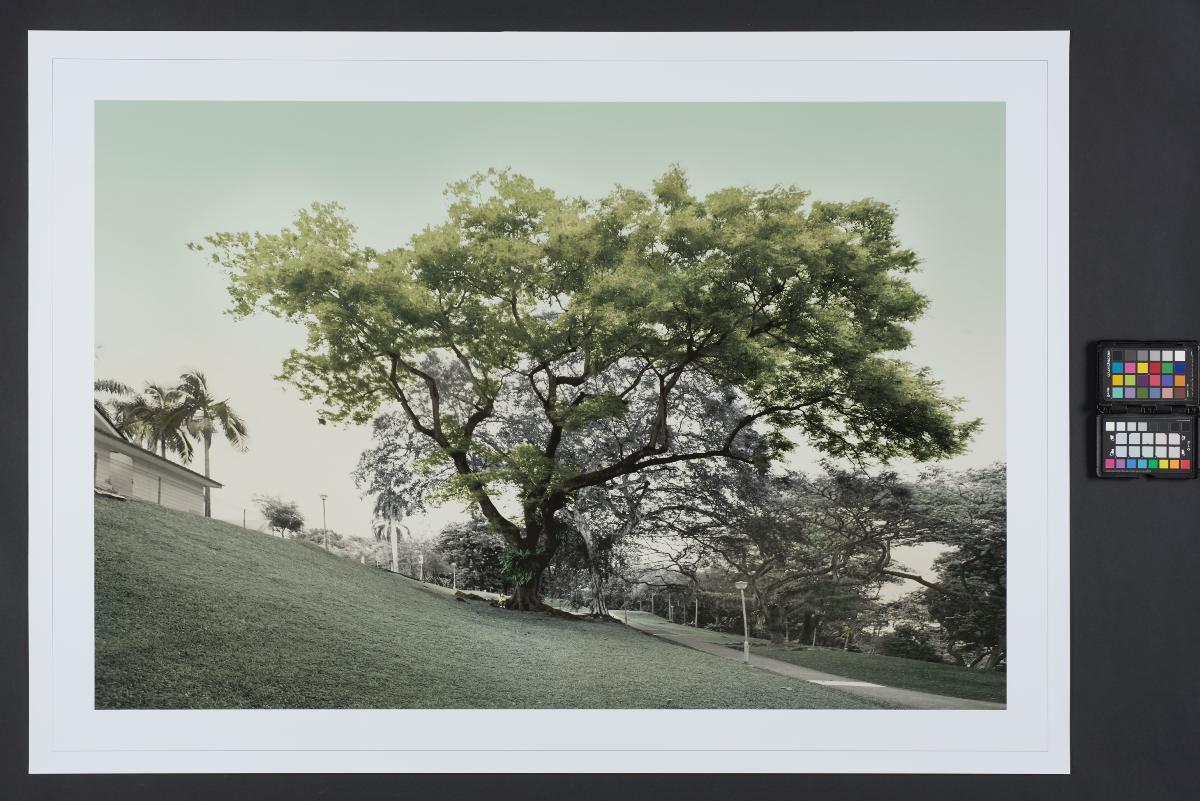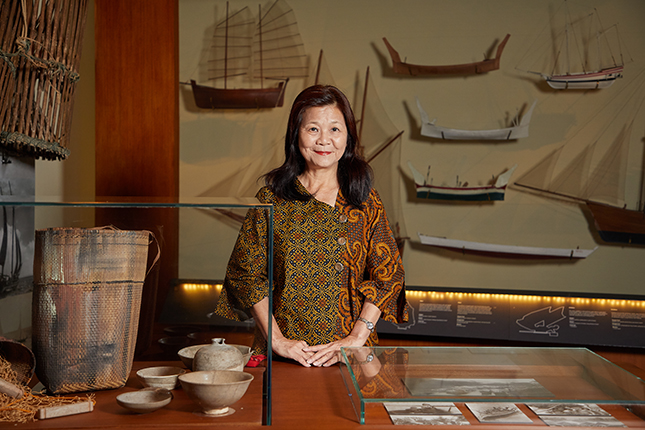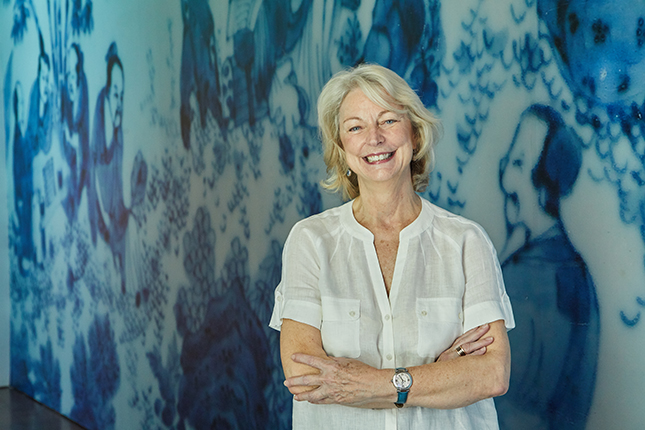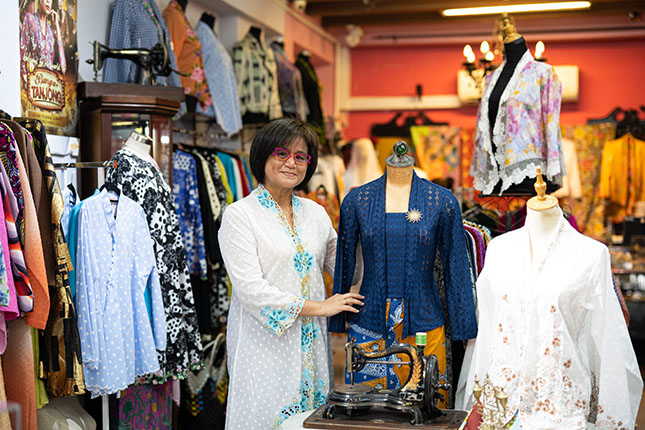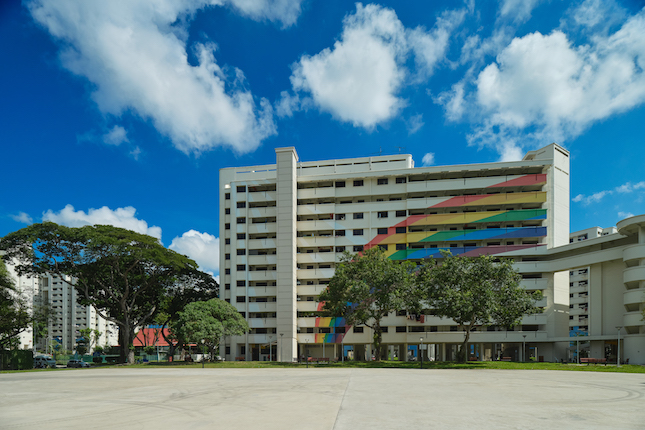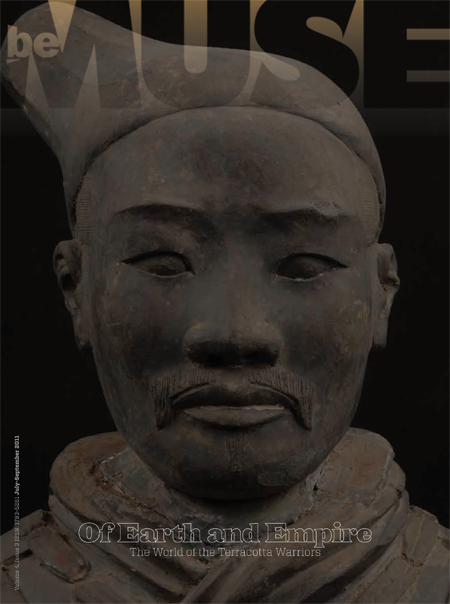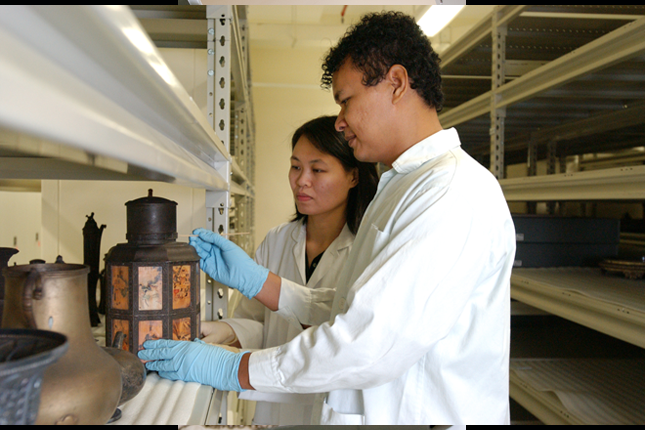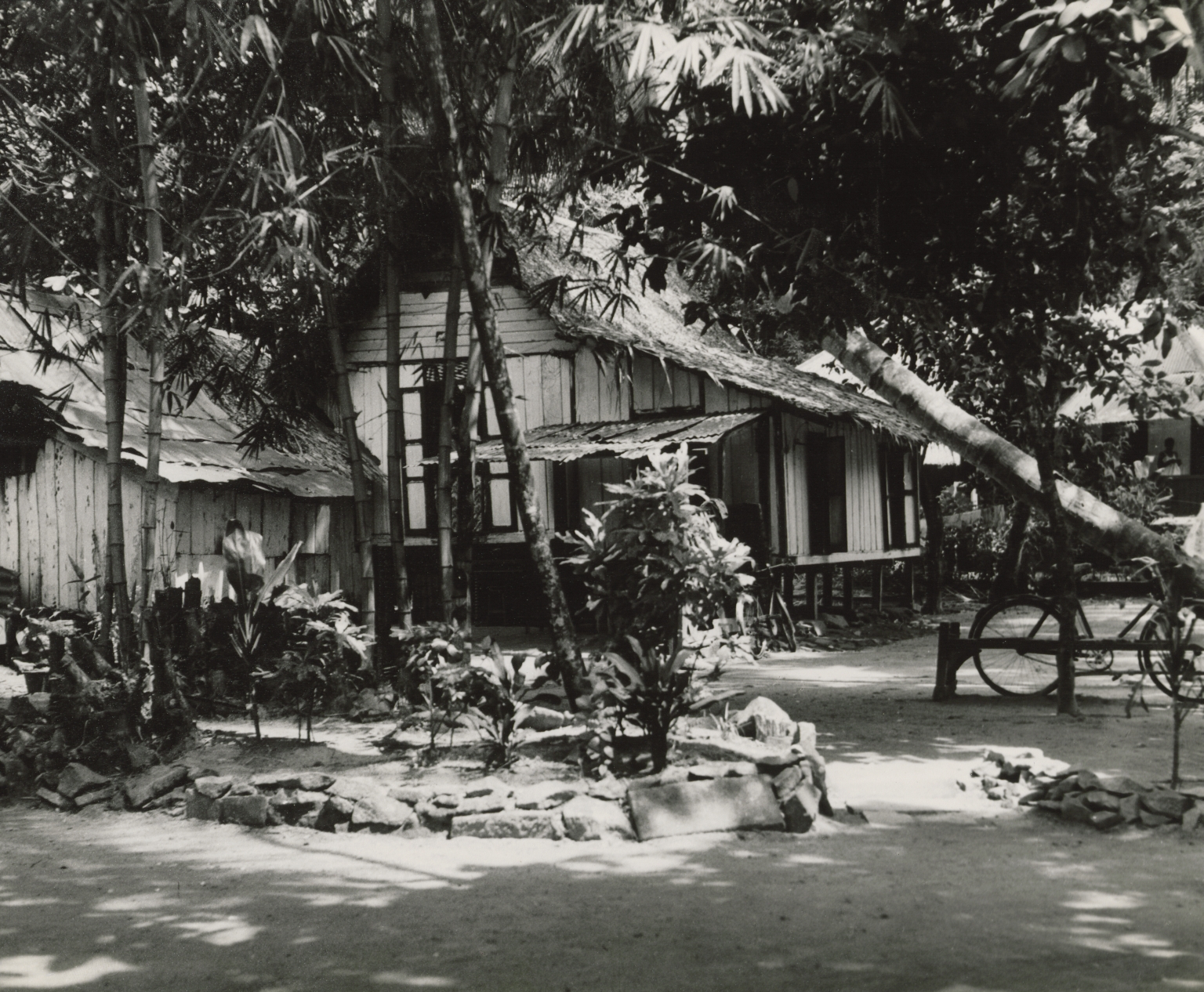
Jo Wright can turn an ordinary stone into an object of wonder just by telling you a story about it. She is a docent at the Asian Civilisations Museum (ACM), where her favourite artefact is a bezoar stone. The dull grey mass about the size of a ping-pong ball does not look like much, until Jo starts talking about it.
You can get this information about bozoar stones online or from books. But, what Jo does is take points of history and weave them into a narrative based on fact and folklore. That way, her stories enthuse museum visitors enough to make them want to read up more by themselves.
“We retell stories in this museum. We do story-led tours where the artifact is the central part,” she says. “I call it joining the dots. We uncover all the interesting stories about different artefacts, and it’s by pulling it all together that you really get people to look closely.”
Loved stories from young
As a young girl growing up near Oxford in the United Kingdom, Jo would go to the library every week. “Myths and legends from around the world was my staple reading. I’d go home and read voraciously, and the next week I’d swap them for new books. I was addicted to stories from a very early age,” she says.
Jo earned a degree in mechanical engineering in the UK where she worked in the avionics sector for 20 years. She came to Singapore in 2005 after her husband got a job here. She found out about the Friends of the Museum (FOM), a non-profit organisation made up of volunteers who dedicate their time to being guides in Singapore’s museums and heritage institutions. FOM complements the efforts of the National Heritage Board in sharing knowledge about Asian history, culture, and art with the community. Jo joined FOM’s docent training programme because training to be a guide in museums was a good way to learn about the history and culture of Singapore and, more broadly, Asia. It also enabled her to apply her skills in training other people, which was part of her job in the avionics industry back in the UK.
“Volunteering just gives you an opportunity to try different things, and to find those hidden secrets within yourself that you had absolutely no idea were there. And, I think that’s quite magical,” says Jo. One of the things she discovered was how the curiosity that led her into engineering lent itself nicely to her role as a pedlar of cultural knowledge.
“Having an engineering background is fantastic training because I look at things and think, ‘How does that work? Why is it like that?’.” Visitors who join her tours benefit from her enquiring spirit. She has guided over 8,000 people in some 600 tours, which have included everybody from six-year-olds and teenagers to government ministers.
Engaging with the audience
She also trains other docents and her tip to them is: “Inhale the artefacts and find something that really resonates with you.” The power to be engaging has a lot to do with finding something in an audience to engage with. Jo has led tours in which teenagers who “stood there truculent, shuffling” in the beginning, ended up interested because she was able to take elements of an age-old object and connect them with things that appeal to teenagers today.
Once, she made a bunch of secondary school students curious about a Chinese tomb dug up 3,000 years ago, by telling them that their mobile phones had something in common with a coffin in it – plastic. The coat of lacquer on the coffin, which kept it brilliantly preserved, she told them, was actually a natural form of plastic derived from the sap of the Toxicodendron vernicifluum, known more commonly as the Chinese lacquer tree.
Another time, she guided tertiary students who were doing courses in designing video games. Their teachers had sent them to ACM to get ideas and they did not know where to start. She asked them to think of themselves as storytellers as a way to approach designing games; then she sparked off their imagination with a tour of mythical creatures.
“‘Oh, we get it!’ they said. I told them, ‘All you’re doing is continuing a tradition that has been around for thousands of years; it’s in a different format, it’s in a different material, but it’s still storytelling’,” Jo recounted.

Stories are very powerful. They are deep in our mass memory,” she adds. In urban cities like Singapore, where things change very fast, having an abiding sense of one’s heritage is important. Many people tell her that the place they grew up in, or the school they went to, no longer exists.
“It is easy to become rootless when that happens,” says Jo, underscoring the importance of museums like ACM in forging a sense of belonging. She has been a guide there for over eight years. “I feel much a part of the fabric of this building,” she says.
Sometimes, when the children she guides ask her about her work as a docent, she explains that she is a volunteer and, hence, does not earn a salary from being a guide. They say, “Wah! Why you do this?” In reply she tells them, “If I see you bringing back your mum and dad, then that would be a fantastic reward for me.”
By Richard Philip
Bezoar stones
Bezoars are solidified lumps of undigested hair or vegetable matter found in the gastrointestinal organs of humans and animals. Today, the presence of a bezoar in the human or animal gut would be considered a medical problem (Eng and Kay 776) (Barroso 193). This was not the case in ancient times. Bezoars, especially those from ruminants like goats, were considered antidotes to poison. This made them popular among royalty and the wealthy, who were wary of being poisoned by their enemies (Barroso 82). They were used as medicines in Persia as early as the 8th century and reached European shores around the 11th century (Barroso, 80; Eng and Kay, 776). As word about their medicinal and magical properties spread throughout medieval Europe, demand for them increased. By 1700, Jesuit monks in the Portuguese colony of Goa were producing artificial bezoars to make up for the short supply of real ones (Alden 543; National Heritage Board 31).
By Richard Philip
References
Barroso, Maria DS. “The Bezoar Stone: A Princely Antidote, The Távora Sequeira Pinto Collection – Oporto.” Acta medico-historica Adriatica, vol. 12, no. 1, 2014, pp. 77-98.
Barroso, Maria DS. “Bezoar Stones, Magic, Science and Art.” A History of Geology and Medicine, edited by C.J. Duffin, R.T.J. Moody and C. Gardner-Thorpe, Geological Society of London, 2013, pp. 193.
“Lacquer.” Encyclopaedia Britannica. Encyclopaedia Britannica, Inc., 2017.
Eng, Katharine, and Kay, Marsha. “Gastrointestinal Bezoars: History and Current Treatment Paradigms.” Gastroenterology & Hepatology, vol. 8, no. 11, 2012, pp. 776-778.
Alden, Dauril. The Making of an Enterprise: The Society of Jesus in Portugal, Its Empire, and Beyond, 1540-1750. Stanford University Press, 1996.
National Heritage Board. Get Closer: National Heritage Board Annual Report 2015/2016. NHB 2015.






